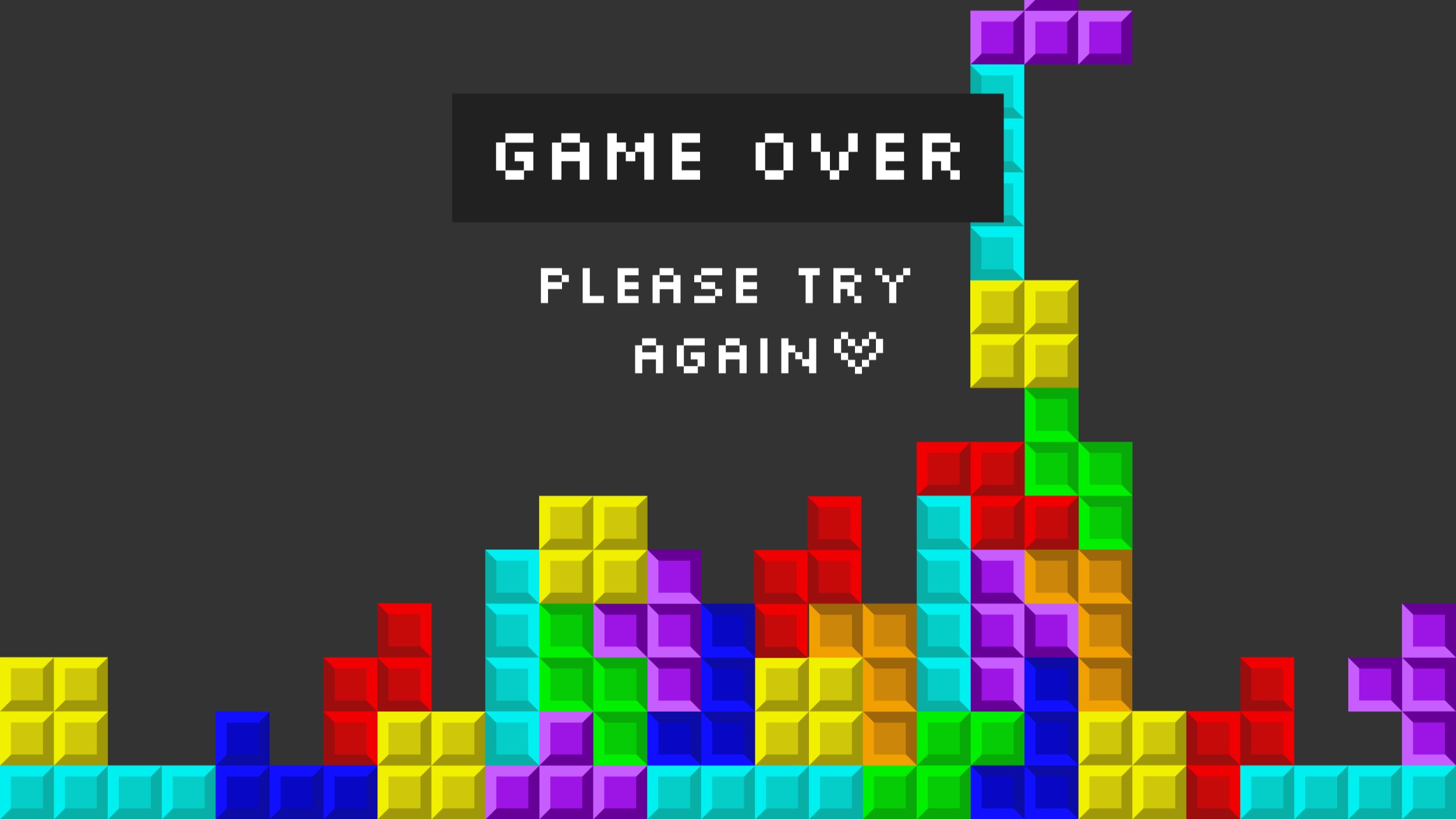Does the addictive game of Tetris have anything in common with risk management? Surprisingly, yes. Created in the mid-1980s, the game of “falling bricks” originated in Russia but spread globally through Nintendo’s 1989 version of its Game Boy. Nintendo’s inventor, Alexey Pajitnov believes that Tetris fulfils the need to create order out of chaos – a very basic human need or ritualised “tidying up” that psychologists agree keeps people “anchored” and focussed on their tasks. Although the game is simple to learn, it is impossible to master because the seven Tetrominoes – the little shapes that have to be lined up to score points – “fall from the sky” in completely random order.
But how is all this connected to risk management? Putting together the need for order, and the need to anticipate the “what next” actually helps players sharpen their cognitive and anticipatory skills. Scoring points may be gratifying but in the process, the player is also developing a distinct focus, i.e. where to position the Tetrominoes for the greatest advantage. Risk management has infinitely more than just seven components, of course, and they all have to be managed simultaneously – so risk managers are inevitably juggling all the time! This is far from extraordinary; for most people, it’s par for the course when there’s a business to run.
What they may not realise is happening is that while they juggle, they are actually training their brains to constantly do better. Studies have shown that when exposed to this sort of activity, the brain puts in more effort to “recognise” what works and what doesn’t – and is actually using more energy than usual. Increased brain activity indicates that learning is in progress. Risk management isn’t just about value creation, increasing organisational efficiency and helping the firm achieve its objectives – it can also function as a learning strategy, helping to improve the workforce’s reasoning and critical thinking ability.
There are many other aspects of Tetris that are designed to help players attain goals, but Tetris’ effectiveness lies in its simplicity. Scientific tests indicate that continuous playing can result in more efficient brain activity. Playing Tetris, according to some tests, actually increases neurological efficiency; continuous playing can make the brain more efficient – and scientist have found that the brain apparently derives a certain level of enjoyment/satisfaction from activity of this kind!
Of course, this does not mean that everyone should immediately down tools and pick up their Game Boys, but it is food for thought: if continuous thinking of this sort results in more efficient use of the brain, then it is quite likely that applying the same principles to risk management will produce the same results. Constant application of risk management processes, principles and approaches will result in better planning, thinking and execution overall. Staff will also start strategizing and innovating, and working to find more creative solutions. Practice may not make you perfect, but the advantage here is that your brain is training itself to improve – and from the development standpoint, that’s more than half the battle won.





























